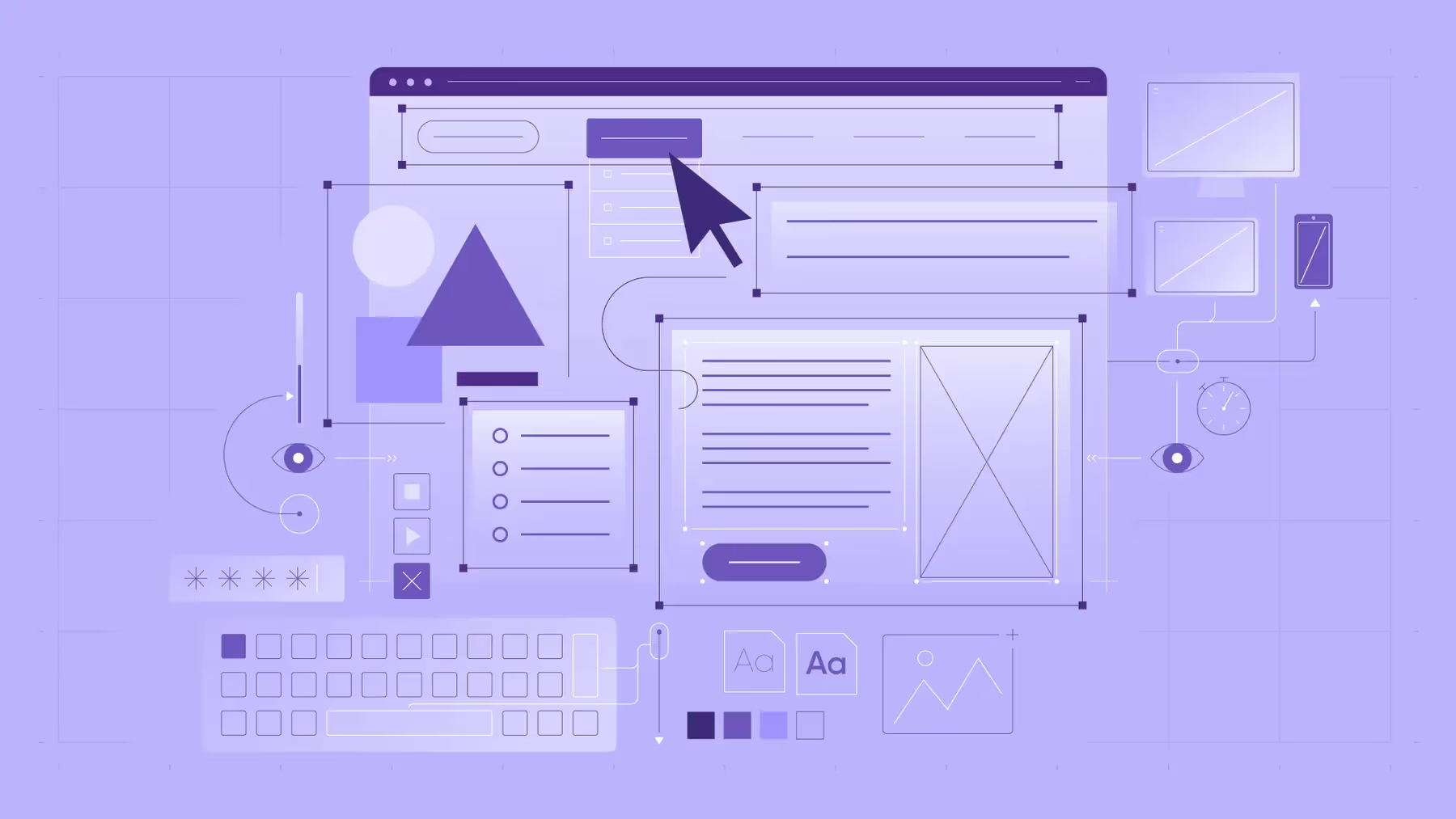Procrastinator’s guide to optimal holiday e-commerce
.avif)
Black Friday, Small Business Saturday, and Cyber Monday mean high traffic—whether that’s to your brick-and-mortar or online shop, or that of your competitors. This article will give you last-minute tips to provide the optimal commerce experience during the holiday buying season and beyond.
US holiday shopping days 2022
November 24: Thanksgiving Day
November 25: Black Friday
November 26: Small Business Saturday
November 28: Cyber Monday
December 14: Free Shipping Day
December 24: Super Saturday
Optimizing the e-commerce buying journey for Cyber Monday, Black Friday
Business professionals cite customer experience (CX) as their top priority for the next 5 years. Better customer experience means higher customer satisfaction, better online reviews, reduced churn, etc. So, what does branding have to do with CX during holiday shopping?
Just everything.
As customers rampantly grasp holiday deals, they’re exposed to more buying options and competition than they’d normally consider—that includes exploring new businesses that offer the best deals. Brands have an opportunity to be discovered.
Say you’ve mastered paid ads, content marketing, and whatever else to get buyers to your store. Now it’s time to dedicate the same attention to the buying process and environment. If you make customers work for a purchase, they’ll jump ship for your competition.
Making buying easy is easier said than done. Don’t worry, we’ll walk you through some design-based tips to make your customers’ online and in-person shopping experience the best in your industry.
Some e-commerce holiday stats to keep in mind:
- October, November, and December represent 32% of total online annual sales.
- Cyber Monday’s peak hour is 11 pm–12 am ET ( 8 pm–9 pm PT).
- Consumers spend $12 million every minute during peak hours.
Follow these tips to maximize conversions.

Hold off on those big changes
The ideal solutions for companies experiencing increased website traffic include upgrading their web hosting platform and opting for a content delivery network (CDN) to load balance traffic. However, there’s a time and a place for such changes. Here are some tips you can do right now to optimize your site.
First and foremost, identify your website’s most crucial, time-essential issues. Of course, you want the freshest look and feel. However, you likely can’t physically (or financially) tackle all fixes simultaneously—you also shouldn’t. Here’s why:
- There could be issues or glitches you can’t fix in time.
- Your customers could get frustrated with the changes and move on.
- It’s crunch time. Plus, some things can just wait.
Want to know where to start? You just did.
Boost website speed
Those priorities we talked about? Here’s one now.
A faster site makes for a positive user experience, thus leading to higher levels of conversion, customer retention, and visitor satisfaction. 40% of consumers bail on a webpage if it takes longer than three seconds to load, either opting for another site or ceasing their browsing altogether.
1. Start and finish by conducting a website speed test (it’s easy) to identify clunky items and score your site’s performance, best practices, and SEO. This sets a baseline to track success and provides a visual testament to your efforts after the fact. Sweet satisfaction.
2. Optimize images. Optimizing images can significantly decrease load times. While the speed test above shows snapshots of your site’s performance, you can also see how images are affecting your site’s speed and what you should do to fix such issues (although you may need some help from a talented agency to execute them). Here are some general best practices for optimizing images:
- Balance quality with the lowest possible file size.
- Choose a suitable file format for your cause, whether JPEG for very colourful images or PNG for simple images.
- Resize or compress excessively large images and videos. See the difference between compressed and uncompressed files here.
- Use lazy loading to lower initial load times and prioritize necessary downloads.
- Install an image optimization plugin.
3. Clean up the junk on your site by uninstalling unused or unnecessary plugins.
4. Enable browser caching to save your recurring visitors from having to load your site every visit.
Don't neglect mobile
Mobile is important to meet your customers where they are. For one, mobile devices facilitate 72.9% of e-commerce sales globally. And, while that number has grown hugely in recent years, let’s not forget the mobile activity happening to lead to non-m-commerce sales. For instance, most shoppers will use their mobile devices in a store to compare options.
Relatedly, Google indexes the mobile version of your site, so your SEO and searchability suffer if you’re not mobile-friendly. In fact, most brand professionals will encourage mobile-first design that intuitively scales to various devices.
The Digital Panda delivers unique and inspiring products and strategies that help your company grow both online and offline. Learn more about our work.


